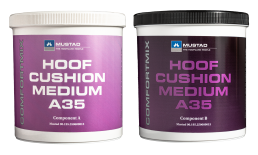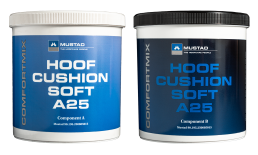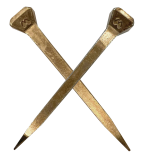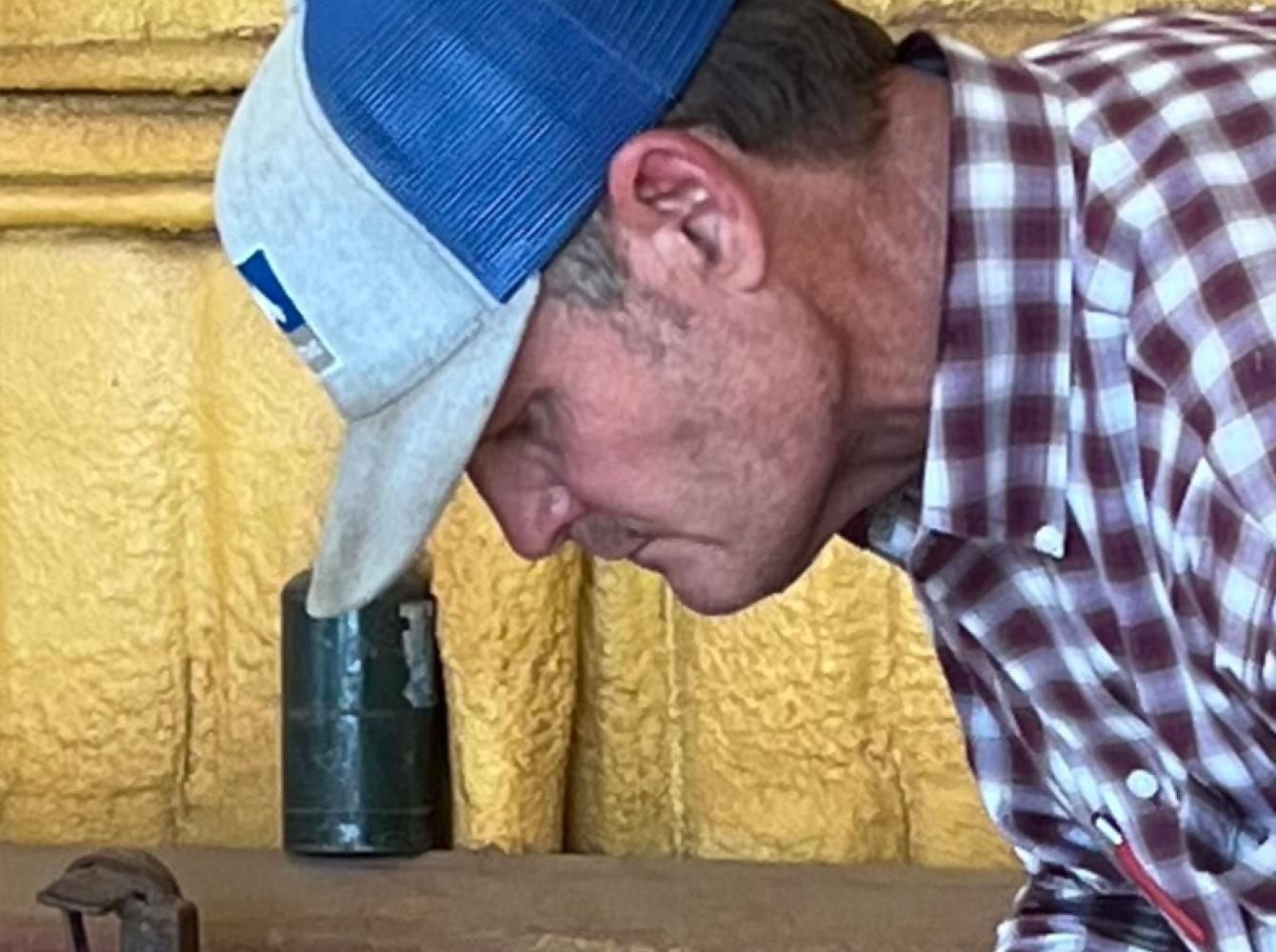
Blane Chapman, CJF
“It's the little things that take us to the next level.” Blane Chapman was raised among legends. Now, he’s raising the bar.
High standards, open mind
Like a lot of young boys, Blane Chapman wanted to be a cowboy. Unlike a lot of young boys, he actually got the chance to meet them.
“I always wanted to be a cowboy and a good horseman and understand everything I could about them. Horseshoeing was just one of those things- how could you be a cowboy and not know how to shoe?”
His father, Burney Chapman, was a world-renowned farrier who took his three sons with him to the feedlots, racetracks, and ranches where he worked. “I was always just tagging along with him. I loved seeing the different places and meeting the different people.”
It was Burney who pioneered the now standard treatment for founder laminitis. Burney’s groundbreaking work drew the attention of cowboys and other renowned farriers who visited him, like Grant Moon, Jim Poor, Gunnar Gatsky, Myron McLane, Tom Curl, and Shane Carter.
Blane’s dad taught him the power of curiosity. When Burney was at Texas Tech years earlier, an anatomy teacher inspired him to continue questioning his understanding of anatomy. So, Burney read anything in the Texas Tech library on horse anatomy, including William Russell’s Scientific Horseshoeing.
And Blane noticed something when other farriers would stop by his Dad’s shop. They really opened up and taught each other, sharing the innovative work they were doing and the difficult cases they faced. “The surprising thing is, it’s the little things that take you to a different level.”
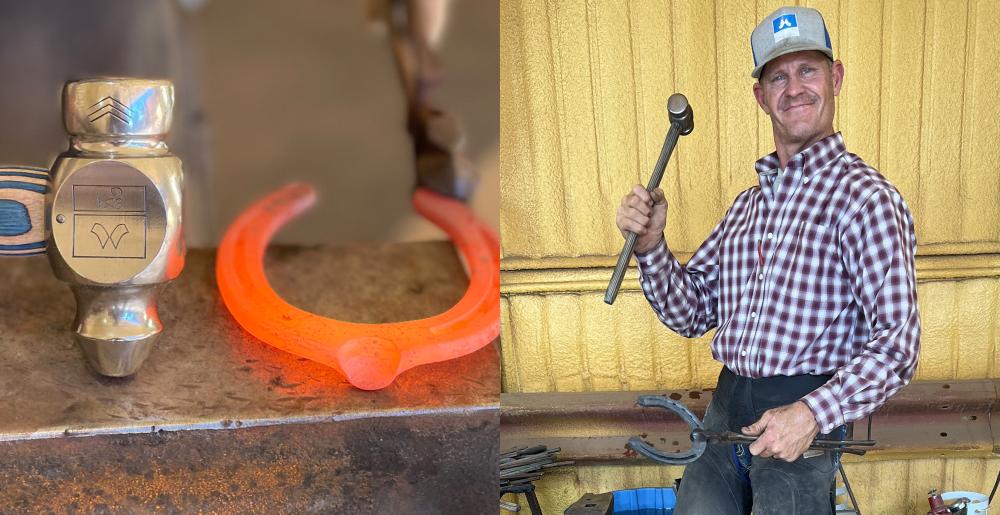
We were throwing paper airplanes out of the 17th-story hotel window. Dad was giving a talk that revolutionized how we treat founder laminitis.
Building knowledge, building business
Blane started his own journey, shoeing his first horses in high school, and earning a AA degree from Howard County Junior College, a B.A. in Rangeland Ecology and Management from Texas A & M, and a Master's in Agriculture from Sul Ross College.
Of course, one of the great things about being a farrier is that, if you need $150 for textbooks, you can earn that fairly quickly. That said, Blane sometimes cut it pretty close, taking the occasional job when he didn’t know if he had enough gas to get back home.
But he kept going, adding new clients at each place he studied. And learning from every peer he encountered.
When his father was diagnosed with brain cancer in the late 90s, Blane was able to continue to share his presentations on founder laminitis.
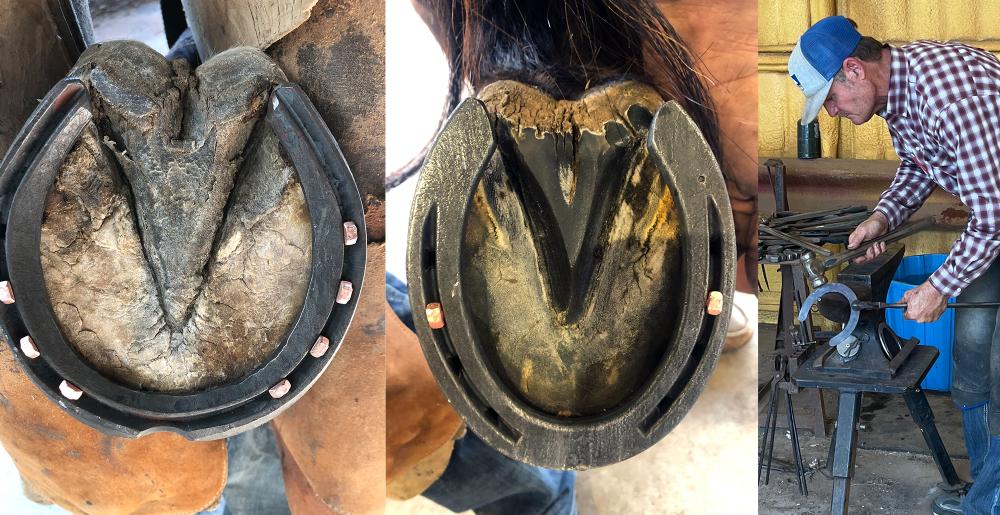
I’ve seen a lot of foundered horses, but I'd never seen a horse do that.
Betting on Vegas
His practice is a revolving mix of disciplines and breeds. About ten percent of his work is therapeutic. Of those cases, the one that sticks in his mind is a horse called Vegas.
Vegas had been the 2010 PRCA horse of the year, but he was in a bad place, having contracted salmonella. His owner asked around, getting several recommendations to consult Blane.
“The horse would walk backwards. He would back up to the fence, put his rear end on the fence, rear up, move his front feet over, then back up again.”
Blane was able to bring Vegas back to a place where, in a year and a half, his owner could ride Vegas at the National Finals Rodeo.
People die in hospitals—and horses do, too.
The therapeutic value of grass and sky
Blane emphasized that rehabilitating horses isn’t just about anatomy. It’s about knowing horse psychology.
“You know, people die in hospitals, and horses do too. They don't want to be confined by themselves. It's lonely. Horses, they get depressed too.
“I've always liked to have them where they can, if they wanted, go and nibble on some grass. They might not walk 10 feet, but they still want some shade, a soft place to lie down, and protection from the weather.
“I think it's a lot more rehabilitating than leaving them in a stall where they can't see anybody or any other horses.”
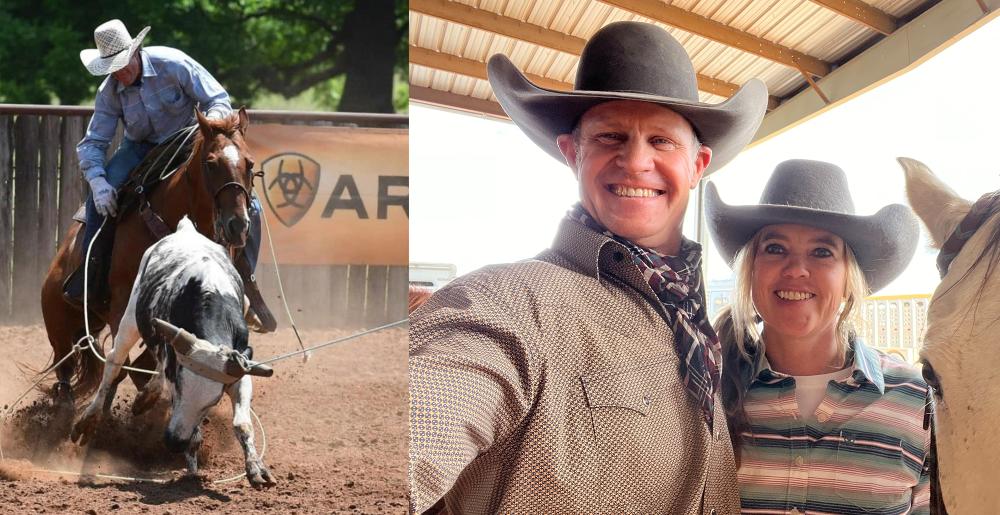
Q&A with Blane Chapman
Blane’s has a mixed practice in Vernon, Texas –and about 90% of that business is composed of haul-ins to his place in Texas. He and his wife Criquett Scott Chapman also rope competitively. We sat down to ask him more about his business. Here’s what he had to say:
What’s your philosophy of shoeing?
We need to understand the anatomy of the horse, and that hasn’t changed in 1000 years. But we know what a horse’s foot should ideally be, and we now have diagnostics and imaging. It’s about understanding the parameters of the foot and then understanding where the internal structures are located based on the external structures.”
What’s your most surprising opinion?
I try to keep an open mind. So, I catch a lot of flack, because I think there are alternatives other than a heart bar shoe in some situations for treating founder laminitis. But every one of them utilizes the back of the foot.
What advice would you give to young farriers?
Even if it costs you a little bit short term, start off working for a reputable farrier. The good news is, I see a lot more of these younger guys going with somebody who can coach them and guide them. They have a strong foundation because they’ve worked with somebody who’s in there doing it every day, dealing with customers, dealing with horses, dealing with people, dealing with schedules, dealing with the weather, and dealing with all the different aspects that go into the farrier business.
Does a quality horseshoe really make a difference?
Horseshoeing is not about Horseshoes, it’s only a part of the equation. I’ve never seen a horseshoe cripple a horse applied properly at the proper time, for the proper purpose. Quality horseshoes, however, make that process more efficient and effective.
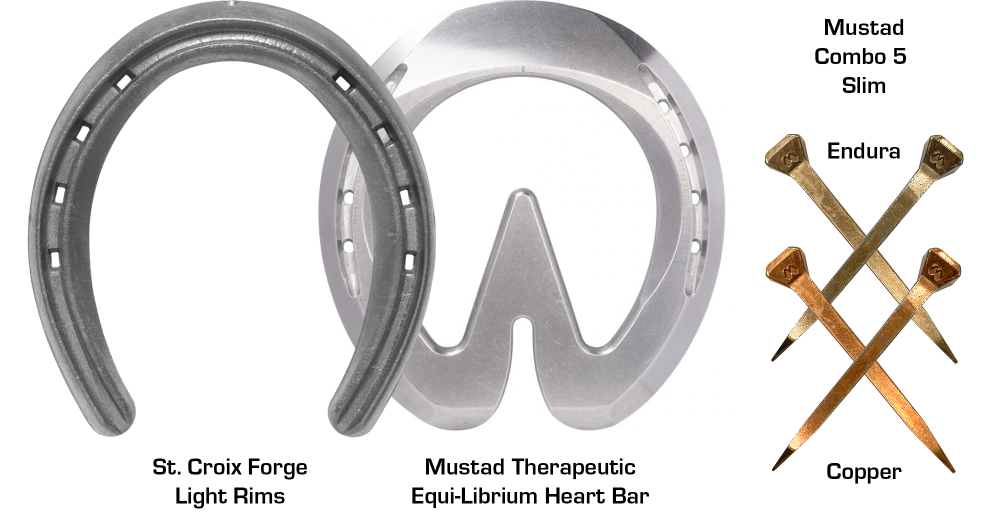
So, what Mustad products do you use?
I’ve been using Mustad products for as long as I can remember. There are very few non-Mustad products in my truck.
Saint Croix Forge Light Rims work really well on these smaller Quarter Horse feet. I use them on lots of barrel horses, and I will use them on the fronts of rope horses when I need a bit less stock. It’s a great rim shoe for me– easy to shape, fit, and it looks nice.
For therapeutic work– I use the Mustad Therapeutic Equilibrium Heart Bar for founder laminitis cases/caudle heel pain cases.
The Mustad Combo 5 Slim Nails with the Copper or Endura coating look good; they last longer; they don’t rust; they’re stronger. You can check on a horse six to eight weeks down the road, in a wet environment, and they still look good, with far less shearing.
I’ve used Mustad Comfort Mix Hoof Cushion and 3-D Pads for a negative palmer angle, quarter cracks, and caudal heel pain. I had a horse who had an old navicular issue. He had an old cyst removed, and we knew we could get him where he needed to be using 3D frog support pads with a little heel elevation and support using the Comfort Mix through the back of his feet.
What’s your next challenge?
I’ve gotten to where I want to compete on a certain level, because I have a little more time to do that now. I've really had a lot of fun trying to learn how to build some of these fancy, funky shoes. And my goal is to compete at the convention this year—and only use Mustad tools. Plus, everyone is improving their skill level forging, so we have to keep up with progressive changes.
On a Saturday morning, where will we find you?
I've got 10 or 12 really cool horses around here. Our life is pretty much, shoe horses and rope– that’s what we do! I've been really blessed.
